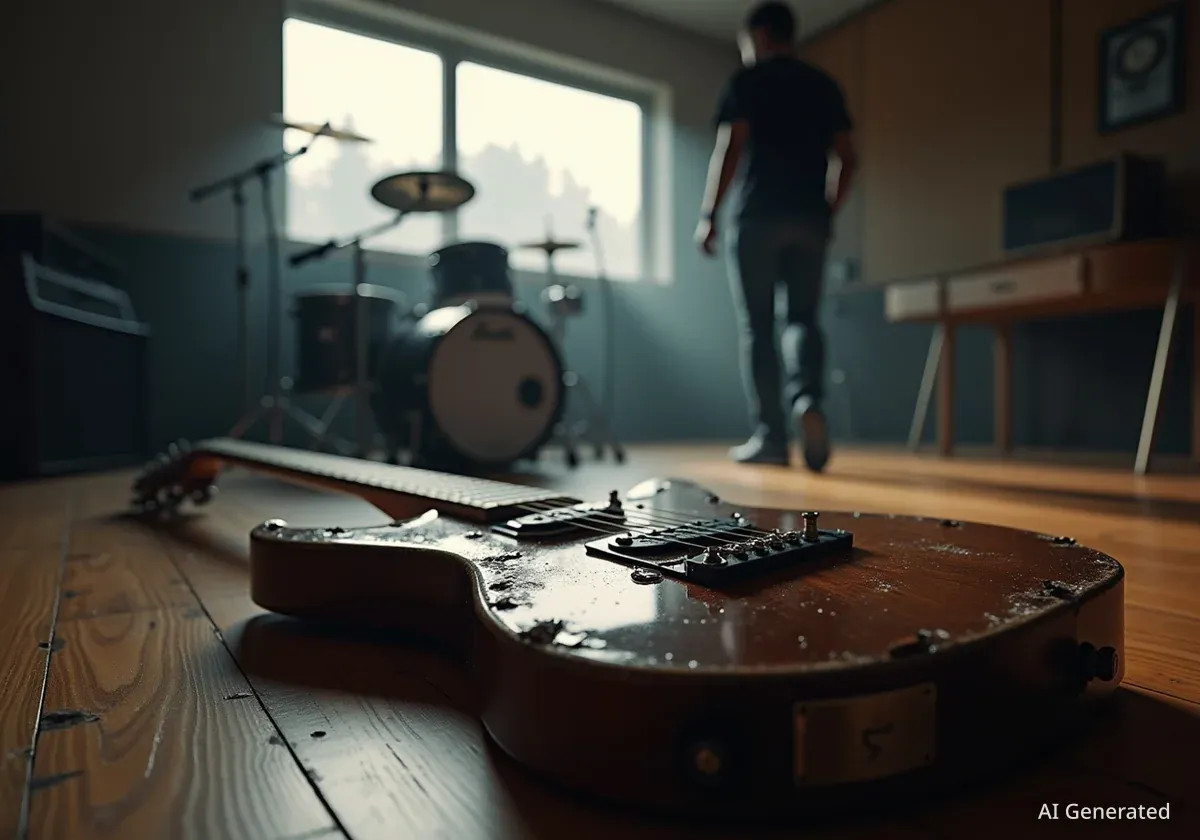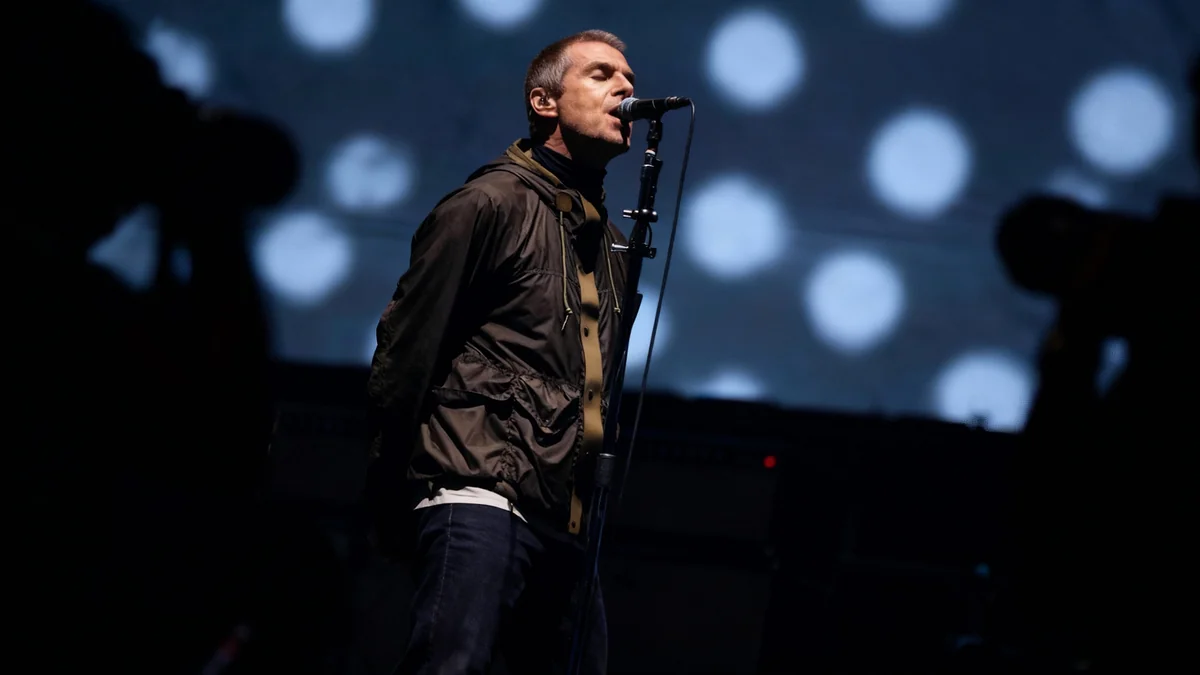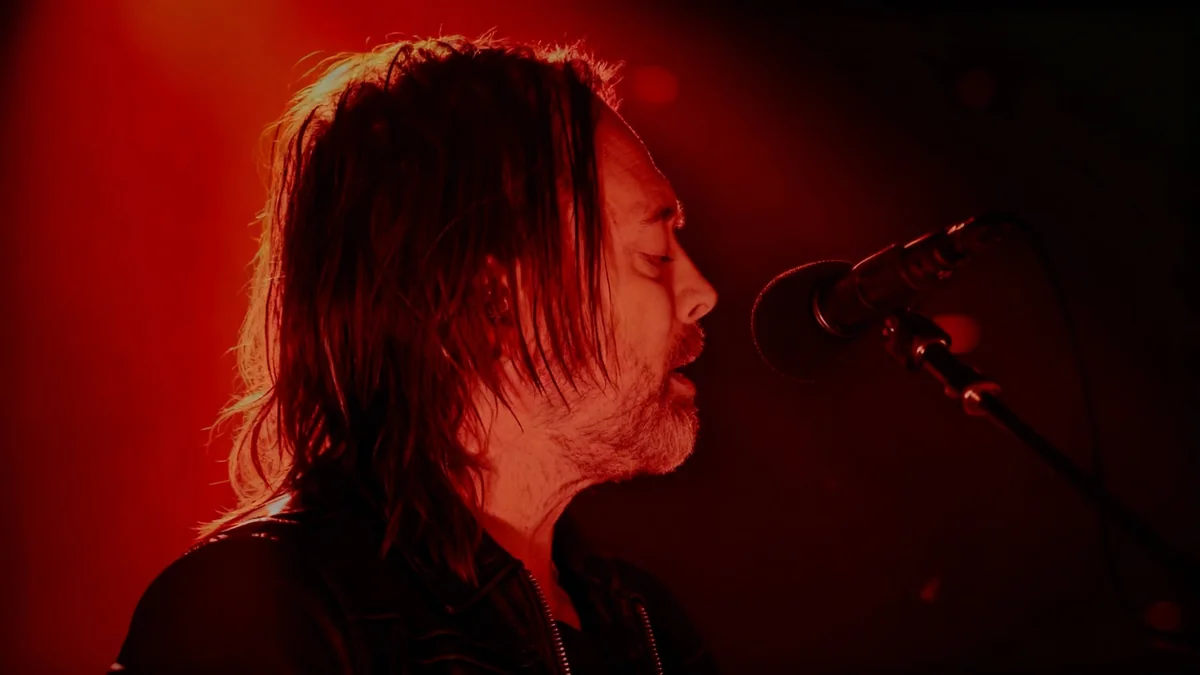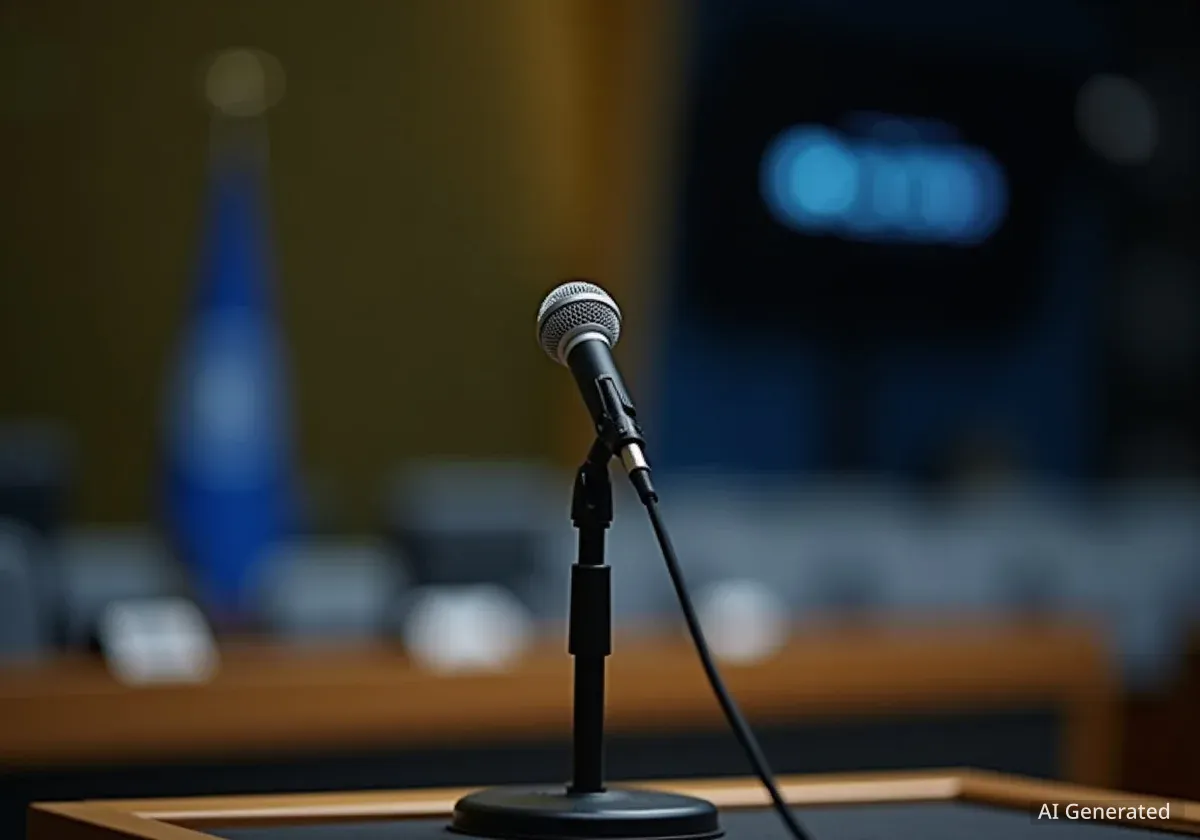A former substitute guitarist for The Who, John 'Rabbit' Bundrick, recently shared details about an incident involving Pete Townshend's famous guitar smashing. The event occurred during a rehearsal when Bundrick made an error on a specific riff, leading to Townshend's intense reaction.
Bundrick recounted the experience, highlighting Townshend's direct confrontation after destroying a guitar. This incident offers a firsthand account of Townshend's well-known on-stage behavior, providing insight into the pressures and dynamics within the band's creative process.
Key Takeaways
- John 'Rabbit' Bundrick, a substitute guitarist, made a mistake during a Who rehearsal.
- Pete Townshend reacted by smashing a Takamine guitar.
- Townshend confronted Bundrick directly after the incident.
- The event illustrates Townshend's intense creative approach.
The Rehearsal Mistake and Townshend's Reaction
The incident took place during a rehearsal session for The Who. John 'Rabbit' Bundrick was filling in for a guitarist at the time. During the practice, Bundrick played a riff incorrectly. This error immediately caught Pete Townshend's attention.
According to Bundrick, Townshend was observing the rehearsal intently. The incorrect note or riff prompted a swift and dramatic response from the legendary guitarist. This moment underscores Townshend's high standards for musical precision.
Fact Check
- Pete Townshend is known for his guitar-smashing performances, a practice he began in the mid-1960s.
- His first recorded guitar smash was in 1964 at the Railway Tavern in Harrow, London.
- Estimates suggest Townshend has destroyed thousands of guitars throughout his career.
The Infamous Guitar Smashing Event
Following Bundrick's mistake, Pete Townshend did not hesitate. He picked up a Takamine guitar. Without warning, he proceeded to smash it into pieces. This act is a signature part of Townshend's stage persona, but this time it occurred in a rehearsal setting.
Bundrick described the scene vividly. Townshend did not stop at destroying the instrument. He also kicked over a part of the set, specifically the front of a shed prop. This added to the intensity of the moment.
"He then smashes the Takamine to smithereens, kicks over the front of the shed, and walks right over to me. He's right in my face and says, 'What the f*** are you doing?'"
— John 'Rabbit' Bundrick
Direct Confrontation with Bundrick
After the destruction, Townshend approached Bundrick directly. He stood very close to Bundrick and demanded an explanation for the mistake. This direct confrontation shows the raw emotion involved in the incident.
Bundrick's account emphasizes the personal nature of Townshend's reaction. It was not just about the broken guitar; it was about the musical error itself. This interaction highlights Townshend's commitment to his music.
Understanding Townshend's On-Stage Persona
Pete Townshend's habit of smashing guitars is a key part of The Who's legacy. It started as a spontaneous act and evolved into a recognized performance element. This behavior became synonymous with the band's energetic and rebellious image.
Initially, the guitar smashing was a result of frustration with faulty equipment or the limitations of small stages. Over time, it became a deliberate artistic statement. It symbolized destruction, rebellion, and the raw power of rock and roll.
Historical Context of Guitar Smashing
Guitar smashing became a significant part of rock music in the 1960s. Artists like Jimi Hendrix also engaged in similar acts. These performances often symbolized a rejection of traditional norms and an embrace of chaotic energy.
For The Who, the destruction of instruments was often linked to their Mod subculture roots, emphasizing a clean break from the past and a focus on youth rebellion. It was a visual representation of their powerful, aggressive sound.
The Impact on Musicians and Crew
For musicians like Bundrick, witnessing such an event firsthand could be intimidating. It provides a glimpse into the high-pressure environment of a legendary rock band. The incident serves as a reminder of the passion involved in creating music at that level.
Crew members responsible for instruments would also be accustomed to Townshend's tendencies. However, a sudden outburst during a rehearsal might still be a shock. It emphasizes the unpredictable nature of creative geniuses.
The Philosophy Behind the Destruction
Townshend has often spoken about the meaning behind his guitar smashing. He described it as a form of artistic expression. It was a way to communicate feelings that words could not convey.
The act was not merely destructive. It represented a breaking down of barriers and a challenge to the status quo. For Townshend, it was a vital part of his performance art, adding a unique dimension to The Who's live shows.
- Artistic Statement: Townshend viewed it as performance art, an extension of his music.
- Frustration Release: Sometimes driven by technical issues or emotional intensity.
- Audience Engagement: A dramatic element that captivated and shocked audiences.
- Symbol of Rebellion: Aligned with the counter-culture movement of the 1960s.
This particular incident with Bundrick highlights that this philosophy extended beyond the stage. It permeated the entire creative process, even during private rehearsals. Townshend's dedication to perfection was evident, regardless of the setting.
Bundrick's Career Beyond The Who
John 'Rabbit' Bundrick is a respected keyboardist and session musician. His career spans decades, working with numerous prominent artists. His work with The Who was just one chapter in his extensive musical journey.
Bundrick is known for his contributions to various genres, including rock, blues, and reggae. He has collaborated with artists such as Bob Marley, Free, and Eric Clapton. His experience provides a unique perspective on the music industry.
This anecdote from Bundrick offers a rare look behind the scenes. It shows the raw, unfiltered moments that can occur in the world of professional music. It reinforces the image of Pete Townshend as a passionate and demanding artist.




